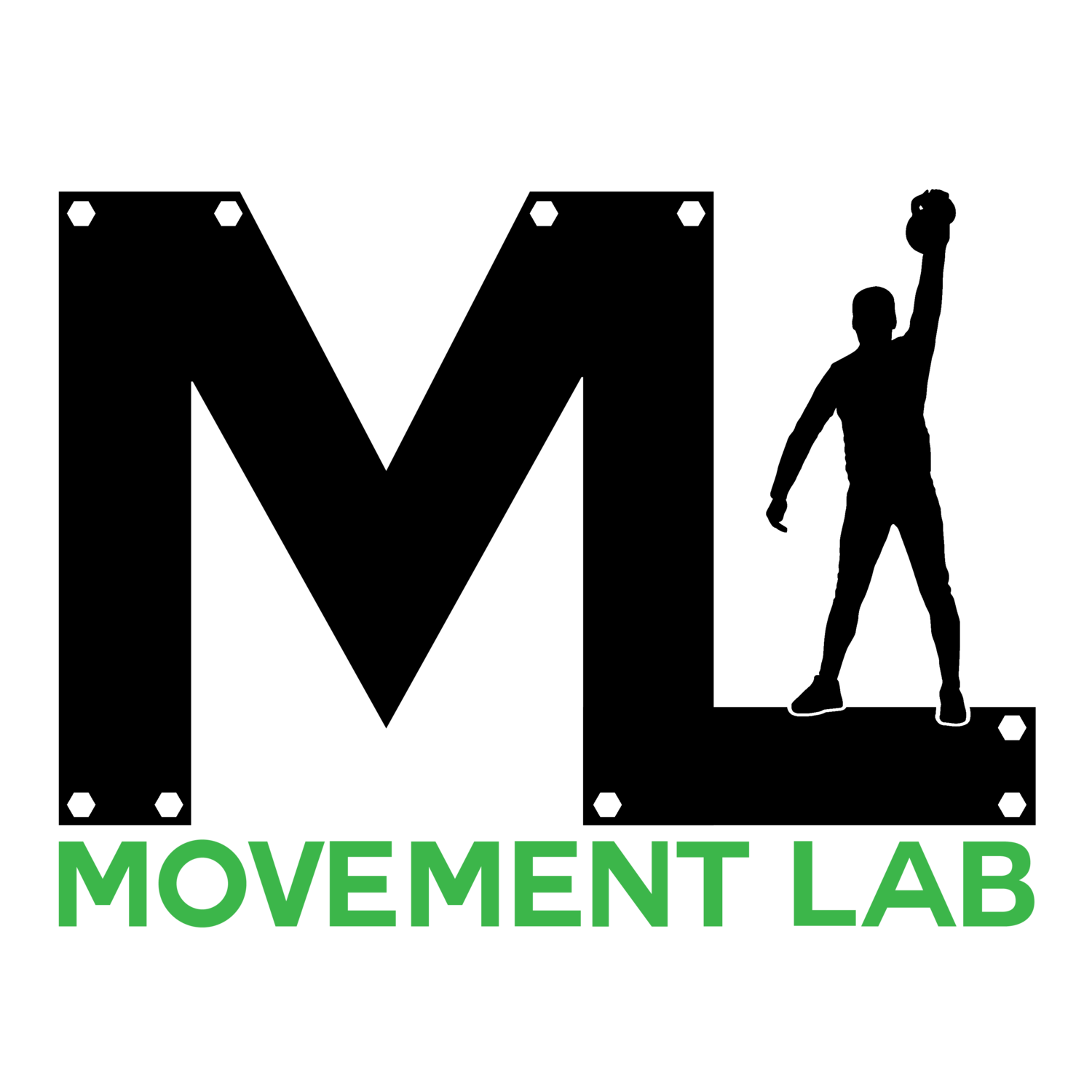Getting Older Doesn't Have To Mean Joint Pain
A patient asks his clinician why his back was having pain and the clinician replies with, “It’s just part of getting old”. The patient replies, “My knees and shoulders are the same age, but they don’t have any pain”. As a person ages it becomes much easier to blame the pain they experience on age, rather than other factors that are modifiable such as the amount of activity someone does. In an article published in the American Geriatrics Society Panel on Exercise and Osteoarthritis a conclusion was reached that stated, “Chronic pain and functional dependency are not inevitable consequences of aging with joint disease”. In other words, just because a person is aging, does not mean that you are going to experience pain and deficit in movements.
Aging joints or “degenerative” changes of joints are often normal findings such as gray hairs or wrinkles that everyone experiences as they age. However, being sedentary or having lack of attentiveness to exercise can be risk factors that lead to issues later on. There are preventative measures you can take to avoid these issues in the future and they are rather simple. Exercise has been proven not to progress osteoarthritis and in fact, movement is actually helpful for these changes! Creating an exercise program that is fit for you may be a productive way to combat osteoarthritis that comes about later on in life. However, if you are having pain or are struggling with movements for an exercise program, come by and see us at Focus On Health so we can get you moving without pain and have you tackling your exercises to help you in the future! Next time you want to say that your joints are getting old, just use it as a reminder to get out and exercise instead!
Citations: American Geriatrics Society Panel on Exercise and Osteoarthritis (2001). Exercise prescription for older adults with osteoarthritis pain: consensus practice recommendations. A supplement to the AGS Clinical Practice Guidelines on the management of chronic pain in older adults. Journal of the American Geriatrics Society, 49(6), 808–823. https://doi.org/10.1046/j.1532-5415.2001.00496.x
